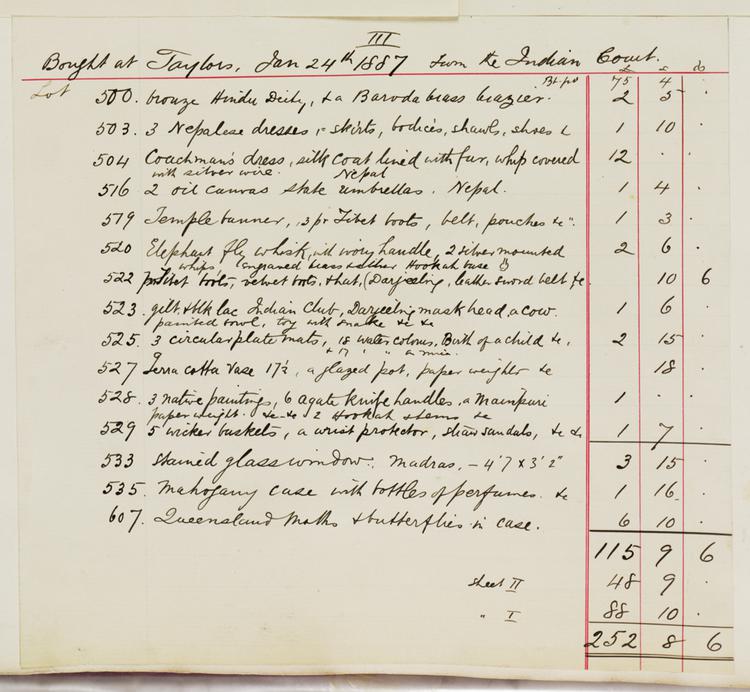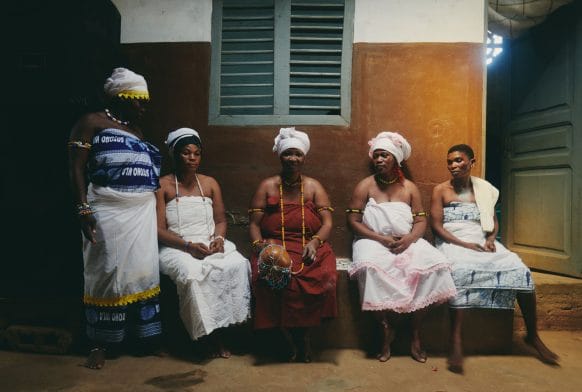The books have not survived in which Besson & Co recorded the instruments ordered and the allocation of serial numbers (a series analogous to the Distin & Co "Work Shop Order Books" can be assumed). What remains in the B & H archive is incomplete but nonetheless informative. These record the instruments as completed: a brief description, the date added to stock, plating, engraving, case, date of sale and the name of the purchaser.
Two sequences of serial numbers were used, one for valved instruments and one for slide trombones. In the case of the valved instruments, the serial numbers of surviving instruments (stamped on the piston casing) accord with the stock book entries. Fewer Besson slide trombones survive form the period 1875 1895: not all bear serial numbers, but those which do correspond to the stock book entries. The manufacturing details are written in French (even the later entries), also sales details for British and export customers. It would appear that common serial number sequences may have been used for Besson production in Paris and London up to the point where the London factory passed into British ownership and separated from the French Besson firm (1895).
The stock books give details of the date, model (e.g. Desideratum), plating, engraving, case, and the name of the purchaser.
By piecing together the data in these books it will be possible to reconstruct the two serial number sequences for valved and slide instruments to a good approximation. Since before 31 Mar 1871 the stock book entries were made in order of delivery from the workshop, they are not in serial number order. The time taken to complete some batches could be weeks or months longer than other batches close in serial number.
Stockbooks
Continue exploring archive

35mm slide: Indigo vat

Slides taken in Muscat, Oman by Ann Douthwaite, 1973-1976

A Handbook to the Cases Illustrating the Defences of Animals, 1926

Receipt
Collection Information
These objects are only a part of our collections, of which there are more than 350,000 objects. This information comes from our collections database. Some of this is incomplete and there may be errors. This part of the website is also still under construction, so there may be some fields repeated or incorrectly formatted information.
The database retains language taken from historical documents to help research. Please note that some records may feature language and reflect systems of thinking that are outdated and offensive. The database also includes information on objects that are considered secret or sacred by some communities.
If you have any further information about objects in our collections, can suggest corrections to our information or if you see content requiring immediate action, please contact us: enquiry@horniman.ac.uk





























































































































































































































































































































































































































































































































